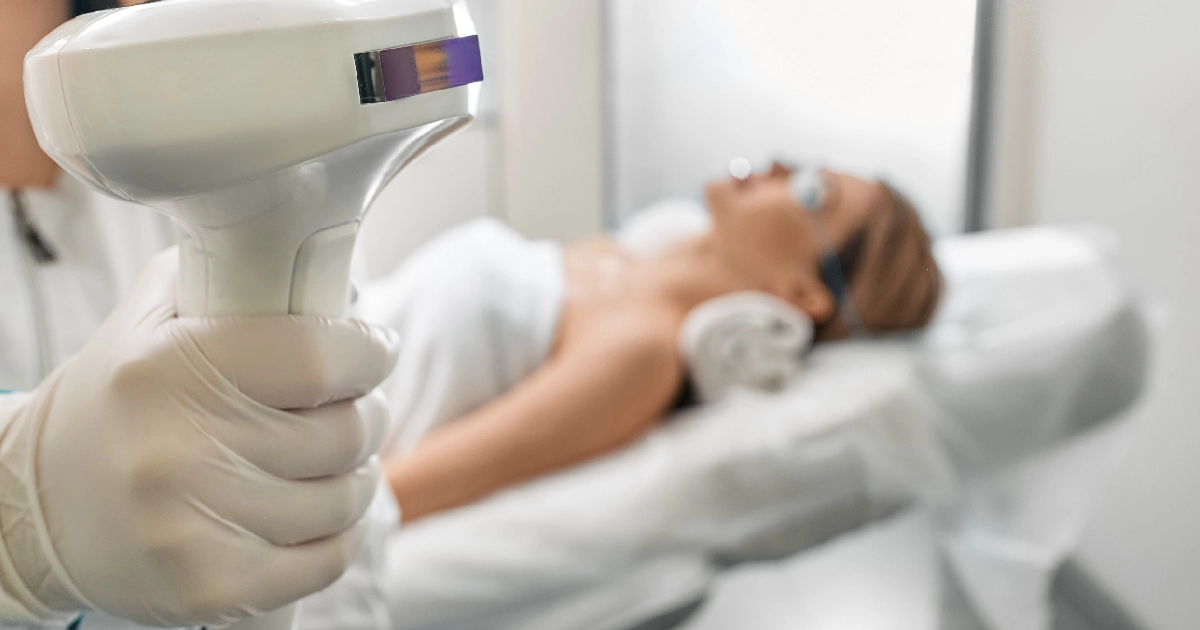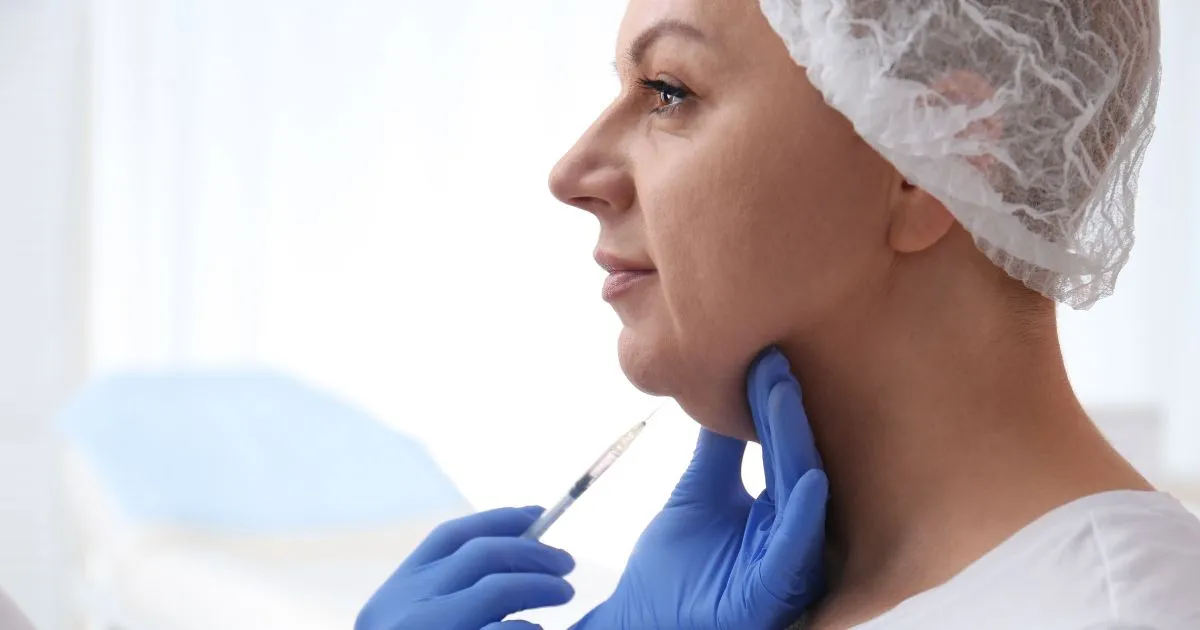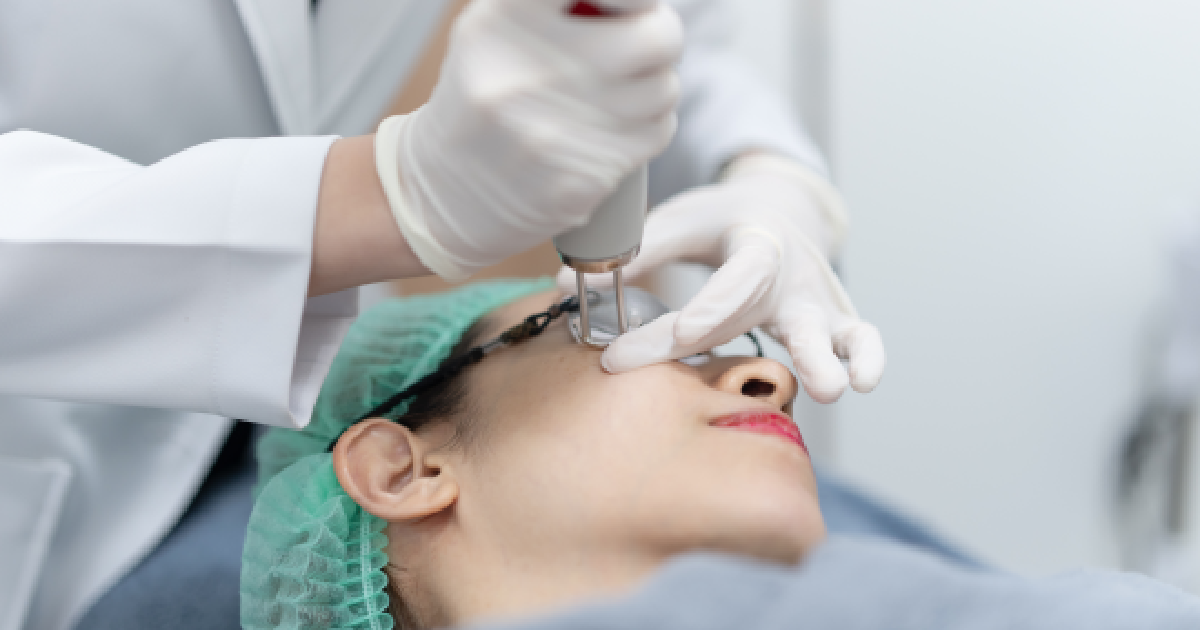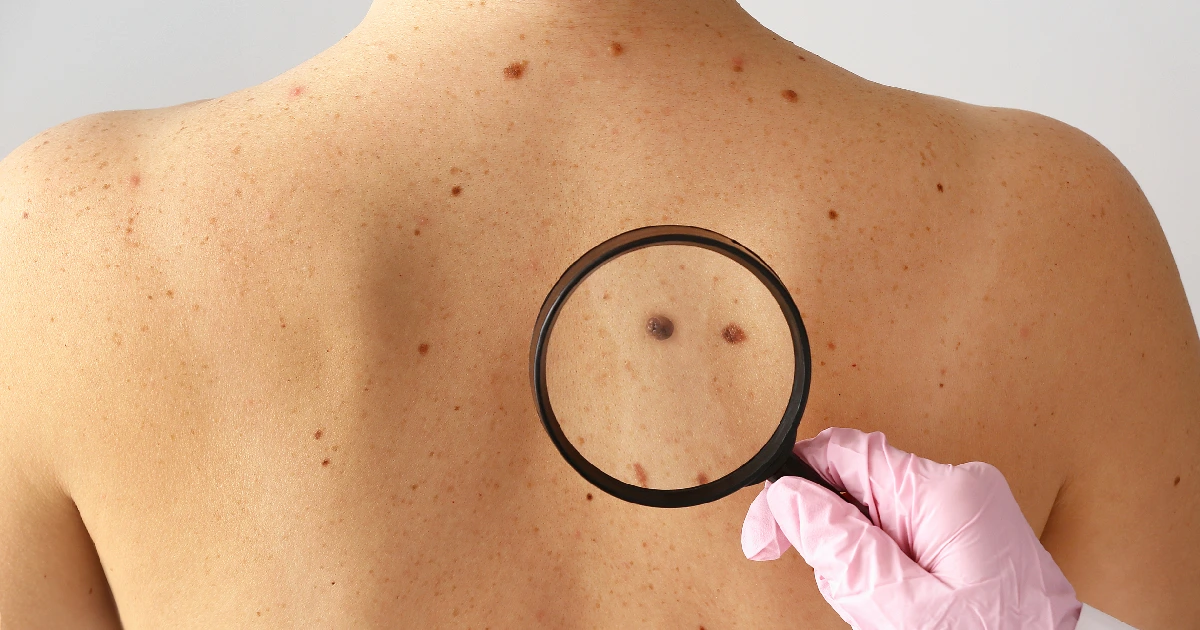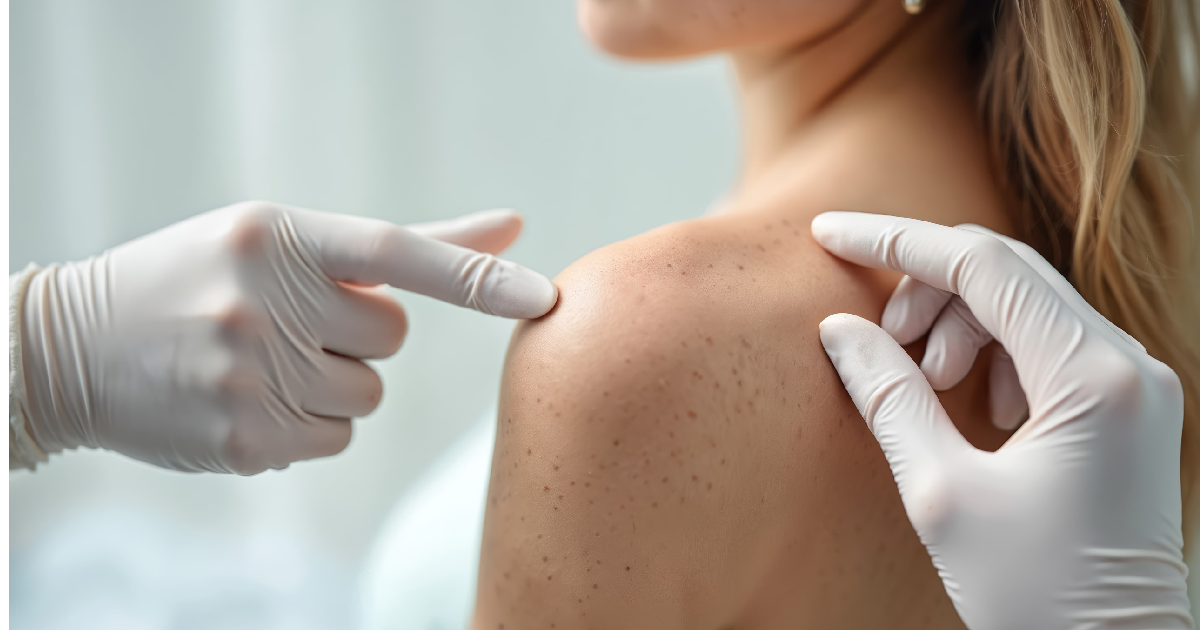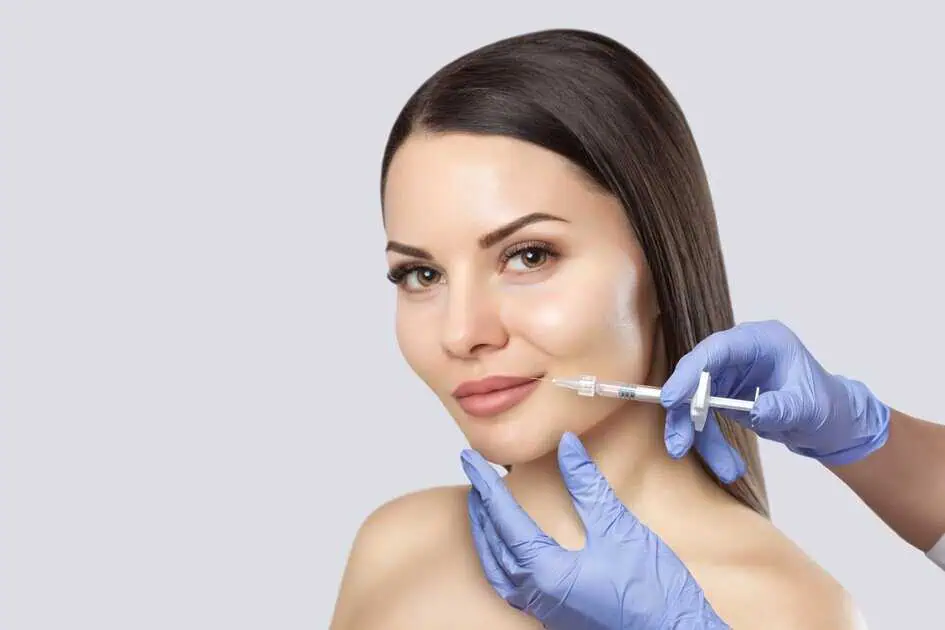Skin cancer is a serious health concern that affects millions of people worldwide. While mentioning cancer can be frightening, it’s important to understand that knowledge is power. This article, brought to you by Owensboro Dermatology, aims to provide valuable insights into skin cancer, including its causes, types, and prevention strategies.
Exploring the Diverse Causes of Skin Cancer
Skin cancer is a global health concern, with its incidence steadily rising. Understanding the various causes of skin cancer is essential for prevention, early detection, and effective treatment. This article delves into the different factors contributing to skin cancer development, emphasizing the importance of sun safety and vigilance.
Ultraviolet (UV) Radiation
UV radiation from the sun is the primary and most well-known cause of skin cancer. Prolonged exposure to UV rays can damage the DNA in skin cells, leading to mutations that may ultimately result in cancer. There are two types of UV radiation to be aware of:
a. UVA: These rays penetrate deeply into the skin, causing premature aging and increasing the risk of skin cancer over time.
b. UVB: UVB rays primarily affect the superficial layers of the skin, leading to sunburn and DNA damage.
Genetics
Genetics plays a significant role in the development of skin cancer. If you have a family history of skin cancer, especially in immediate family members like parents or siblings, you may have an increased risk due to shared genetic factors. Understanding your family’s medical history can help you assess your susceptibility and take preventive measures.
Skin Type
Your natural skin type and pigmentation can influence your vulnerability to skin cancer. Individuals with fair skin, light hair, and light-colored eyes are generally at higher risk because they have less natural protection against UV radiation. However, people with darker skin tones can also develop skin cancer, particularly in less-pigmented areas.
Age
While skin cancer can affect individuals of any age, it is more common in older adults. The cumulative effects of UV exposure over time increase the risk of skin cancer as you age. Individuals of all ages need to practice sun safety to reduce this risk.
Moles and Precancerous Skin Lesions
Many moles or certain types of moles (dysplastic nevi) can increase your risk of skin cancer. Additionally, precancerous skin lesions, such as actinic keratoses, are areas of skin that have the potential to turn into skin cancer if left untreated.
Immune System Suppression
A weakened immune system due to medical conditions or medications can compromise the body’s ability to combat cancerous cell growth. People with conditions like HIV/AIDS or those taking immunosuppressive drugs are at an elevated risk for skin cancer.
Previous Skin Cancer
If you have previously been diagnosed with skin cancer, you are at a higher risk of developing it again. Regular follow-up appointments with your dermatologist are essential to monitor for recurrence.
An In-Depth Guide to the Different Types of Skin Cancer
Skin cancer is a prevalent and potentially life-threatening condition affecting people of all ages and backgrounds. Understanding the various types of skin cancer is crucial for early detection and appropriate treatment. This comprehensive guide explores the most common types of skin cancer, their characteristics, and the importance of vigilance in skin health.
Basal Cell Carcinoma (BCC)
Basal Cell Carcinoma (BCC) is the most common type of skin cancer. It typically develops in areas frequently exposed to the sun, such as the face, neck, and ears. BCC often appears as:
- A pearly or translucent bump.
- A pinkish patch of skin.
- A sore that doesn’t heal.
BCC grows slowly and rarely spreads to other body parts, but it can be locally invasive if left untreated.
Squamous Cell Carcinoma (SCC)
Squamous Cell Carcinoma (SCC) is the second most common type of skin cancer. It usually arises from sun-exposed areas like the face, ears, neck, lips, and back of the hands. SCC may present as:
- A red, scaly patch.
- A firm raised bump.
- An ulcer or sore that won’t heal.
SCC tends to grow faster than BCC and is more likely to spread to nearby lymph nodes or other organs if not treated promptly.
Melanoma
Melanoma is the most dangerous form of skin cancer due to its potential to metastasize or spread rapidly to other body parts. It often starts in existing moles but can also develop on normal-looking skin. Melanoma is characterized by:
- Irregularly shaped moles or growths.
- Asymmetrical moles with uneven borders.
- Moles with color variations (shades of brown, black, or red).
- Moles that change in size, shape, or color over time.
- Moles that itch or bleed.
Early detection of melanoma is crucial for successful treatment, making regular skin self-examinations and professional dermatological evaluations essential.
Merkel Cell Carcinoma (MCC)
Merkel Cell Carcinoma (MCC) is a rare but aggressive form of skin cancer that often appears as a painless, flesh-colored, or bluish-red nodule. MCC typically occurs on sun-exposed areas like the head, neck, and limbs. This type of skin cancer has a higher risk of spreading to other body parts, necessitating prompt medical attention.
Other Rare Types
In addition to the more common types mentioned above, several rare forms of skin cancer include cutaneous T-cell lymphoma, dermatofibrosarcoma protuberans (DFSP), and sebaceous carcinoma. These types are less frequent but still require specialized diagnosis and treatment.
Prevention Strategies for Skin Cancer
Skin cancer is a prevalent but largely preventable condition. Adopting effective prevention strategies can significantly reduce your risk of developing skin cancer. Here are some key steps to help protect your skin and promote a healthier lifestyle:
Sun Protection
a. Use Sunscreen
Apply a broad-spectrum sunscreen with at least SPF 30 daily, even on cloudy days. Reapply every two hours when outdoors and more often if swimming or sweating.
b. Seek Shade
Avoid direct sunlight during peak hours, typically from 10 a.m. to 4 p.m. Stay in the shade, especially when the sun’s rays are strongest.
c. Protective Clothing
Wear protective clothing, including wide-brimmed hats, long-sleeved shirts, and sunglasses with UV protection. Darker, tightly woven fabrics offer better sun protection.
d. Sun-Protective Accessories
Consider using sun umbrellas, UV-blocking gloves, and special clothing designed with UPF (Ultraviolet Protection Factor) for additional sun protection.
Limit Indoor Tanning
a. Avoid Tanning Beds
Indoor tanning beds emit concentrated UV radiation, increasing your risk of skin cancer. Avoid them entirely.
Regular Self-Examinations
a. Know Your Skin
Familiarize yourself with your skin, moles, and freckles. Conduct regular self-examinations to detect any changes or new growths.
Protecting Your Skin: Understand Skin Cancer, Preventive Measures, and the Vital Role of Early Detection with Owensboro Dermatology Today!
Skin cancer is a significant health concern, but you can take proactive steps to protect yourself by understanding its causes, types, and prevention strategies. Owensboro Dermatology emphasizes the importance of early detection and regular check-ups to catch and treat skin cancer in its early stages. By practicing sun safety and staying informed, you can reduce risk and enjoy a healthier, sun-protected life.





